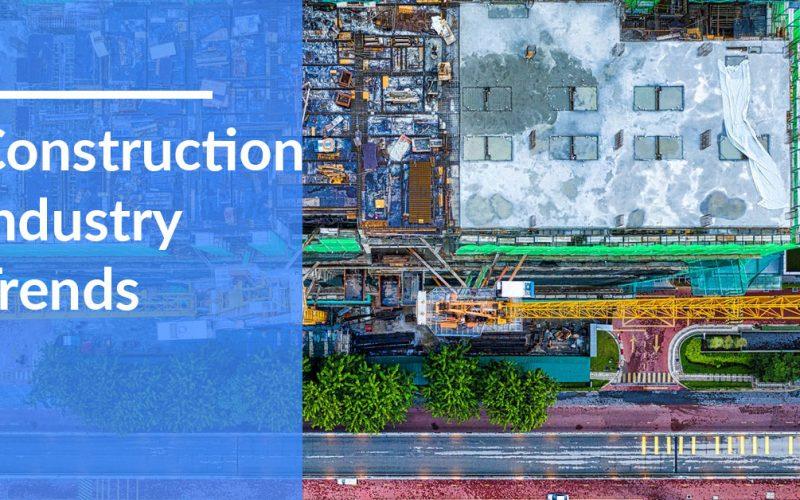
Much like all other business sectors, the construction industry took a big hit with the outbreak of the COVID-19 pandemic. Now, when the crisis is gradually cooling off and the world slowly falls back in line, infrastructure and construction projects are, once again, taking a very prominent place in future investment plans.
Even if we look at the isolated sectors, the multifamily home market alone is projected to grow by a whole 31% which is a development that is more than worth taking note of.
All these positive indicators put the trends brewing in the construction industry under even closer scrutiny. Next year, the builders are going to make a profit and the top of the market will be reserved only for the ones who are most in tune with the ongoing construction trends.
So, let us take a look at some of the most important disruptive forces that will shape the market in 2022.
Smart cities are finally becoming real
The idea of smart cities is something that has been discussed for ages. But now, when the 5G technology is finally taking stronger roots all around the world the dreams of connected cities capable of improving the sustainability, economy, and quality of life is finally becoming real. Of course, there are still some obstacles we will need to overcome. On the one hand, there is the will of the local authorities to make these aspirations possible. On the other, we still experience a lack of contractors able of implementing such projects. But, things are turning for the better.
The declining workforce
The millennial generation and construction industry somehow never clicked. Because of that, the workforce in the sector is rapidly growing older and declining. According to recent research, the average age of the US construction workforce is expected to increase from 42 to 42.3 years which is the highest level ever recorded. So, the industry will have to make itself more appealing to the Generation Y. One of the ways to do that is to build more advanced technologies into their on-site processes and try to give the young professionals with a desire to advance more career options.
The rise of the modular construction sector
During the pandemic, one of the main requirements for the construction industry was to perform the projects fast and without needless use of the workforce. Also, the time frames for building the objects like hospitals and manufacturing facilities become much shorter. The solution to all these problems was usually found in companies who were able to deliver such projects with speed and agility. Now when the consumers have experienced the benefits of modular building , we can expect to see this sector growing by the end of 2022.
Automation takes the front seat
This is not something anyone should be particularly surprised about. AI is much more capable of tackling complex data sets and 3D models than human beings. On the other hand, the construction industry’s productivity is on a rapid decline. For instance, a recent report by McKinsey claims that large-scale construction projects usually take 20% longer than the estimated time and run up to 80% over budget. All these problems can be solved by automated management and data processing systems which will take an even prominent role in the industry next year.
The rise of all-in-one management platforms
Being so closely dependent on the fruits of the tech world, the construction industry has long since taken advantage of the fruits of the digital revolution like IoT and BIM. However, implementing these technologies is no longer enough –to produce the optimal efficiency they need to work in unison. That is why the next year will be the period when we will see the rise of all-in-one management platforms that will leverage the data from different sectors ranging from scheduling to CRM, put them under the same roof, and make them readily available to end-users.
Stronger focus on worksite safety
Although these two factors never found themselves completely out of the equation, the fact remains that the construction industry leaves quite a lot of room for improvement and these issues are finally being put under the spotlight. For instance, in 2019 as much as 20% of all deaths in the private industry were recorded in the construction sector. The gravity of the problem requires immediate solutions so the construction companies will be forced to make greater use of wearable technologies, personalized PPE, and other cutting-edge safety assets.
These few mentions are only the tip of the iceberg but they should give you a good general idea about the behemoth that is lurking beneath the surface. Now that the construction industry is finally getting back on its feet, the tectonic changes are more than certain. It is up to you to use them to the benefit of your company. Of course, that will be a very hard task, but knowing the direction where you’re heading is more than enough to successfully start a journey.





